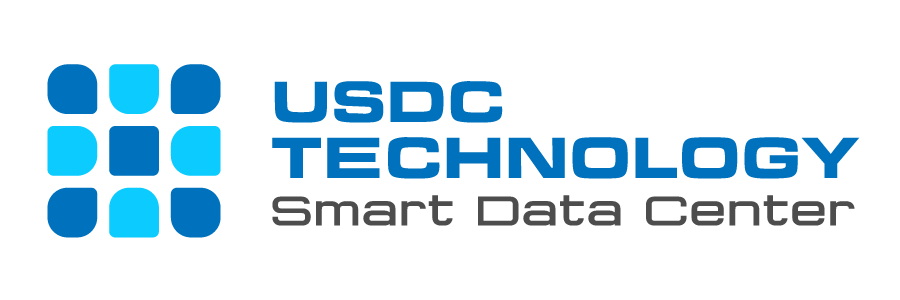As we navigate through 2025, the explosive growth of artificial intelligence (AI) is reshaping the data center landscape. With AI applications demanding unprecedented computational power, data centers are under immense pressure to scale up while addressing environmental concerns. Global data center electricity consumption is projected to reach 536 terawatt-hours (TWh) this year, potentially doubling by 2030 if trends continue. This surge, largely driven by generative AI (gen AI), necessitates innovative sustainable practices to balance efficiency, reliability, and ecological responsibility. In this article, we’ll explore key trends, sustainable strategies, and forward-looking recommendations to support this AI-fueled demand.
The Surge in AI Demand and Its Implications
AI’s insatiable appetite for energy is a defining challenge of 2025. Data center power needs in the United States alone could add about 460 TWh from 2023 to 2030, tripling current levels and straining grids. Globally, critical power for data center components is expected to nearly double to 96 gigawatts (GW) by 2026, with AI operations consuming over 40% of that. Hyperscalers like Google, Amazon, and Microsoft are leading the charge, with capital expenditures exceeding $220 billion this year to build AI-ready infrastructure.
This growth isn’t just about scale—it’s about efficiency. AI workloads, such as training large language models, can require 10 times more electricity than traditional tasks like a Google search. Water consumption is another concern, with AI data centers potentially demanding up to 1.7 trillion gallons by 2027 for cooling. As a result, data centers are expanding into secondary markets with abundant resources, such as Columbus, Ohio, or renewable-rich regions like Iceland, to mitigate these impacts.
Key Sustainable Practices
To meet AI demands without compromising the planet, data centers are adopting a multifaceted approach to sustainability. Here are the prominent trends shaping 2025:
1. Integration of Renewable Energy Sources
Renewables are at the forefront of decarbonization efforts. Hyperscalers are securing power purchase agreements (PPAs) for wind, solar, hydroelectric, and geothermal energy, often paired with battery energy storage systems (BESS) for reliability. For instance, Google and Meta are investing in solar fields and nuclear sites to power their facilities. In regions like Southeast Asia, collaborations under programs like Malaysia’s Large Scale Solar (LSS5) are enabling off-grid operations with clean energy. These practices not only reduce emissions—data center emissions could double by 2030 without intervention—but also stabilize costs amid volatile energy markets.
2. Advanced Cooling Technologies
Cooling, which can account for 30-40% of a data center’s energy use, is undergoing a revolution. Liquid cooling and immersion systems are replacing air-based methods, reducing power usage by up to 90% and supporting high-density racks exceeding 250 kilowatts for AI workloads. Innovations like direct-to-chip cooling and rear-door heat exchangers improve Power Usage Effectiveness (PUE), while waterless systems address scarcity issues in drought-prone areas. The liquid cooling market is projected to grow from $4.9 billion in 2024 to $21.3 billion by 2030.
3. AI-Driven Energy Optimization
Ironically, AI itself is a tool for sustainability. Machine learning algorithms monitor and optimize power and cooling in real-time, potentially cutting cooling energy by up to 40%. Companies like Schneider Electric are introducing “energy intelligence for sustainable AI,” integrating AI into infrastructure for dynamic resource allocation. This includes predictive maintenance to prevent outages and edge computing to reduce latency and energy in AI applications like IoT and AR/VR.
4. Strategic Location, Design, and Alternative Power
Data centers are shifting to cooler, renewable-abundant locations to minimize cooling needs. Modular designs and retrofitting existing buildings reduce embodied carbon, while low-carbon materials like recycled steel earn green certifications such as LEED. For power, natural gas serves as a bridge fuel, with projections of up to 6 billion cubic feet per day needed by 2030, though methane mitigation is crucial. Emerging alternatives include small modular nuclear reactors (SMRs) and hydrogen fuel cells, with governments like Malaysia reviewing nuclear options for AI hubs.
Challenges and Recommendations
Despite progress, challenges persist: grid constraints, regulatory hurdles (e.g., moratoriums in Ireland and Amsterdam), and the risk of emissions doubling. To overcome these:
- Collaborate with Utilities and Governments: Form partnerships for renewable integration and infrastructure upgrades, as seen in U.S. deals like AWS with Talen Energy.
- Prioritize Data Governance and Observability: Ensure compliance and security in AI data handling, with 70% of organizations facing governance issues.
- Invest in Workforce and Community Engagement: Train skilled technicians and communicate benefits like job creation to build support.
- Adopt Hybrid Approaches: Combine cloud repatriation with edge computing for optimal efficiency.
Conclusion
In 2025, sustainable data centers are not just an option—they’re essential for sustaining AI’s growth. By embracing renewables, advanced cooling, AI optimization, and innovative power sources, the industry can meet demands while advancing toward net-zero goals. As global investment in data centers nears $7 trillion by 2030, prioritizing sustainability will ensure long-term viability and environmental stewardship.
Universal Smart Data Center Technology
For media inquiries or further information, please reach out to us at:
Phone: (+84) 28 73080708
Email: info@usdc.vn


